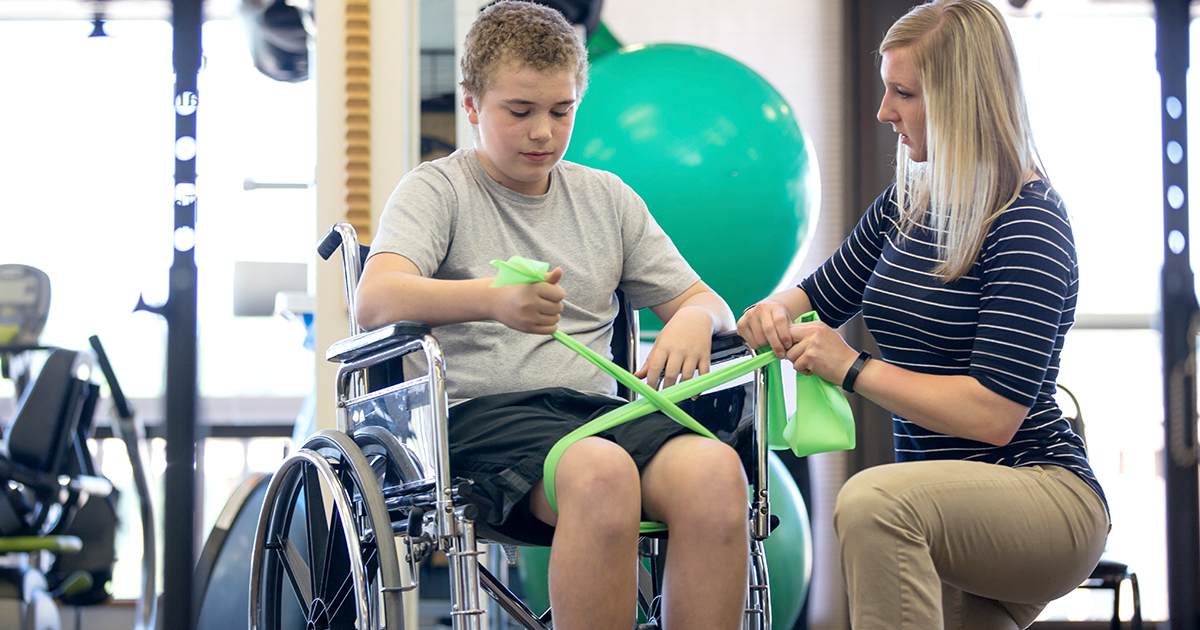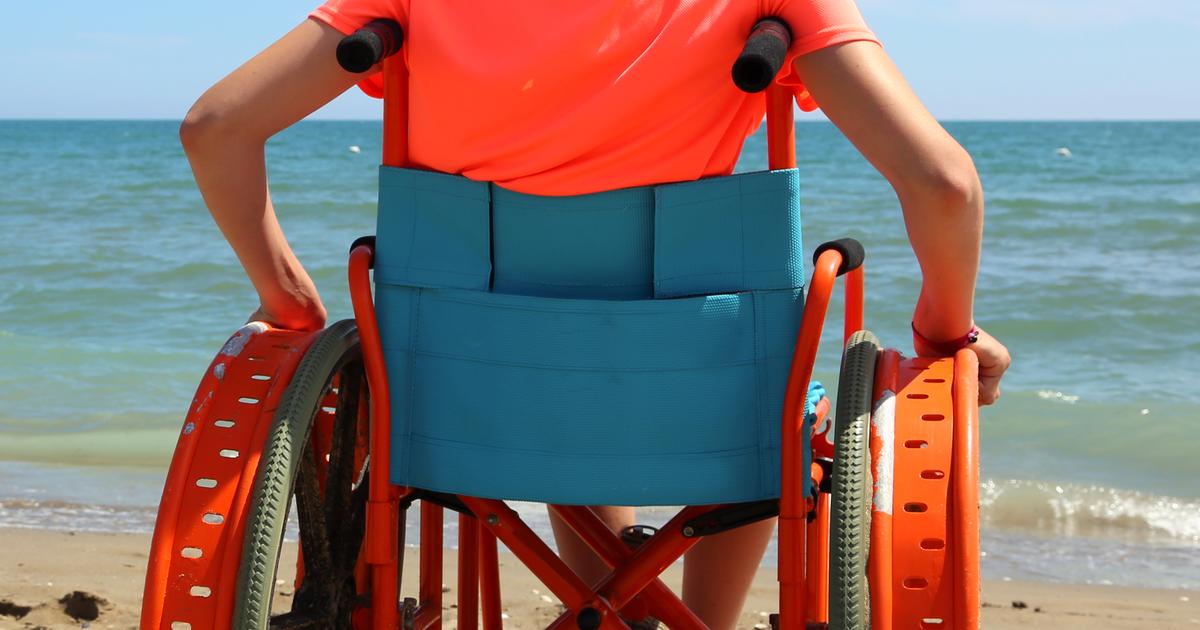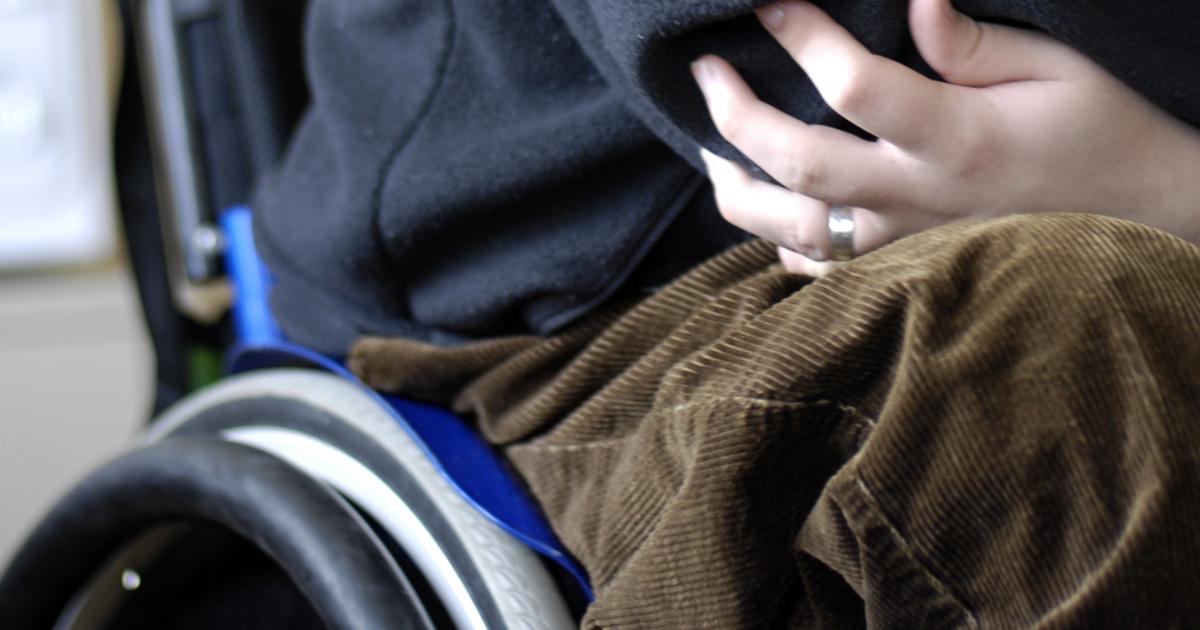Guide To The Types Of Muscular Dystrophy
Muscular dystrophy is the overarching name for a group of illnesses that progressively cause a reduction in muscle mass and weakness in the body. Each type of muscular dystrophy is a genetic condition. Mutations in the genes interrupt or otherwise harm the protein production necessary for healthy muscle. Proteins are what help develop and maintain muscle mass.
Since there are so many kinds of muscular dystrophy, the symptoms and age of onset vary widely. Different presentations affect different parts of the body. The most common type presents in childhood and is more common in boys. Some types don't show symptoms until after an individual reaches adulthood. Muscular dystrophy doesn't have a cure, but there are medications and physical therapy courses that can slow the illness and help manage symptoms.
Duchenne Muscular Dystrophy

Duchenne muscular dystrophy (DMD) is one of the major types of muscular dystrophy. Like all kinds of muscular dystrophy, it causes progressive weakness and degeneration of the muscles. DMD occurs because the body is unable to make dystrophin, a protein necessary for maintaining muscle cells and keeping them intact. The onset of symptoms occurs early in childhood, typically between three and five years old. It's rare for Duchenne muscular dystrophy to affect girls, and most diagnosed cases are boys. Though girls are rarely diagnosed, it's still possible for them to have the disease or be a carrier for the genetic mutation that causes it.
The muscle weakness sometimes begins by three years old, though it can set in later. The first muscles affected are the hips, shoulders, thighs, and pelvis. As the disease progresses, the skeletal muscles in the trunk, legs, and arms also become affected. Individuals with this disease often have enlarged calves. By the patient's early teenage years, the respiratory muscles and heart are affected. In the past, the life expectancy of individuals with DMD was not far into adulthood. However, advances in respiratory and cardiac care have increased life expectancy enough that patients surviving into their 30s is now common. Some men have even lived to forty or fifty years old.
Becker Muscular Dystrophy

Becker muscular dystrophy (BMD) is a more mild variant of Duchenne muscular dystrophy. The progression of Becker muscular dystrophy is similar to DMD, but the voluntary muscles retain more function than muscles do in DMD. Unfortunately, the heart muscle doesn't appear to be more mildly affected than the hearts of Duchenne muscular dystrophy patients. BMD patients tend to present with the same cardiac issues. Becker muscular dystrophy begins showing symptoms later than DMD, with the onset occurring in adolescence and late childhood. Though the disease is progressive, BMD progresses more gradually than Duchenne muscular dystrophy. It's also harder to predict the course.
Like with DMD, individuals with BMD often have enlarged calves, and the weakness occurs in the same areas first. Becker muscular dystrophy is also caused by abnormalities in dystrophin. Duchenne muscular dystrophy patients produce little to no dystrophin in their body, but individuals with BMD do synthesize dystrophin, though it's just partly functional. BMD patients have a shorter form of dystrophin, which can't provide the same function as normal dystrophin, but offers protection from the same weakness seen in DMD.
Myotonic Muscular Dystrophy

Myotonic muscular dystrophy (DM) is a type of muscular dystrophy that affects both muscles and organs throughout the body. 'Myotonic' is the medical term for an inability to relax the muscles. The reason myotonic dystrophy is abbreviated DM is because its Greek name is dystrophia myotonica. Some individuals call the condition Steinert disease, naming it after the doctor who described it first. Myotonic muscular dystrophy comes in two types, of which DM1 is the more serious type. There's a gene on an individual's chromosome 19 researchers call DMPK, and in DM1 patients, this gene has a section with an abnormal expansion.
DM2, the second type of myotonic muscular dystrophy, was originally described in 1994 as a more mild presentation of DM1. Patients with DM2 have an abnormal expansion on the ZNF9 gene located on the third chromosome, and the expanded DNA causes abnormal functioning in many processes. Myotonic muscular dystrophy is one of the most common adult-onset muscular dystrophy types, and it's the most common among European adults, though it is rare in non-white populations.
Limb-Girdle Muscular Dystrophy

Limb-girdle muscular dystrophy (LGMD) is an incredibly varied group of genetic disorders. The subtypes of the disease are sorted into categories based on the inheritance and gene affected. LGMD most often shows symptoms in the muscles of the shoulders and hips closest to the body's center. The disease takes its name from the shoulder and hip girdles. These bony structures surround the shoulders and hips, and they're called limb girdles.
All types of limb-girdle muscular dystrophy cause muscle wasting and weakness in the muscles that connect to these structures. However, since there are many types caused by different gene variances, other aspects of the condition can vary widely. The severity, speed of progression, and age of symptom onset vary widely. Some types of limb-girdle muscular dystrophy cause weakening of the heart muscle, and some can weaken the respiratory muscles.
Facioscapulohumeral Muscular Dystrophy

Facioscapulohumeral muscular dystrophy (FSHD) is a type of muscular dystrophy that most commonly affects the upper arms, shoulder blades, and muscles in the face. The weakness presents in the face first, and the facial muscles are most severely affected. Weakness also presents in the upper arms and shoulders, causing severe wasting. As the illness progresses, it tends to cause weakness in other muscles as well. Facioscapulohumeral muscular dystrophy patients usually begin showing symptoms before they are twenty years old.
The first symptoms are atrophy and weakness of the eye mouth, lower leg, upper arm, and shoulder muscles. Later symptoms include abdominal and hip muscle weakness. Because this illness progresses slowly and doesn't usually affect the respiratory or heart muscles, the majority of individuals with this disease have average lifespans. This type of muscular dystrophy has infantile-onset and adult-onset forms, with adult-onset being much more commonly observed. Infantile-onset facioscapulohumeral muscular dystrophy can sometimes affect a child's vision and hearing as well.
